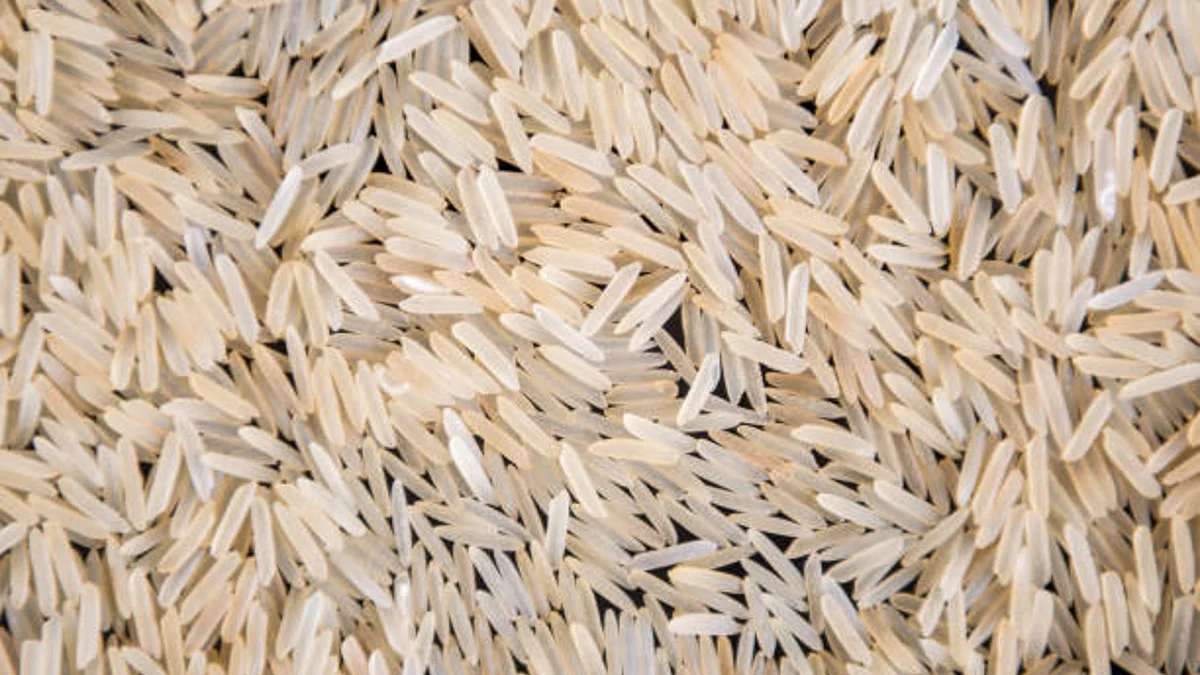Lower allocations this year can make the food and nutrition situation difficult for the poor
The highest expenditure incurred in the context of food and nutrition is on the food subsidy given by the government to the Food Corporation of India

A troubling aspect of the union budget for the years 2023-24 relates to the allocations in the sectors of food and nutrition. In case of most allocations, there is a decline compared to the previous year or a near stagnation, which also implies a decline in real terms after accounting for inflation.
Although several schemes and programs impact food and nutrition, let's take a sharper look at five leading programs.
The highest expenditure incurred in the context of food and nutrition is on the food subsidy given by the government to the Food Corporation of India under the National Food Security Act. INR 20,8929 crore (one crore=10 million) was spent on this during 2021-22. During the next year the Revised Estimate (RE) for this was INR 21,4696 crore. As compared to this, the allocation for 2023-24 in the recently presented union budget is only INR 13,7207. This is only about two-thirds of last year’s revised budget; however, there is a need for higher allocation when inflation and the increase in population are taken into account.
The food subsidy for decentralized procurement of food grain under the NFSA was INR 79,789 crore in 2021-22. The Revised Estimate for 2022-23 was INR 72,282 crore. By way of comparison, this has come down to INR 59793 crore in the allocation for 2023-24.
In order to meet the subsistent food needs of the poorest, MG-NREGA, or rural employment guarantee program mandated by law is essential. INR 98,467 crore was spent on this program in 2021-22. The revised estimate for this in 2022-23 was INR 89,400 crore. However, the allocation for the financial year 2023-24 towards this program with legal stipulations attached to it amounts to only INR 60,000 crore.
Next, we come to two core nutrition programs that have been renamed and given a new form with mergers. In the case of Saksham Poshan and Anganwadi, the allocation this year is almost the same as the previous year. However, in real terms, after accounting for inflation, this is a decline. Further, we must also consider that last year too this was considered to be an inadequate allocation keeping real needs in view.
In case of the second core nutrition program called the PM Poshan, the revised estimate last year was INR 12,800 crore, while the budget allocation this year is only INR 11,600 crore despite there being much talk of improving and adding to this program.
While there are several other programs and schemes that impact the nutrition situation, these five are generally the ones most discussed. Therefore, the fact that there is a downward trend in all five of these programs is deeply worrying.
Hence, there is a clear need for the government to increase these allocations significantly when revised estimates are prepared. There should be a strong public campaign for this so that the nutrition situation can still be protected at a time when a very large number of people are facing economic difficulties.
The writer is Honorary Convener, Campaign to Save Earth Now. His recent books include India’s Quest for Sustainable Farming and Healthy Food, Planet in Peril and Man over Machine.
Follow us on: Facebook, Twitter, Google News, Instagram
Join our official telegram channel (@nationalherald) and stay updated with the latest headlines
